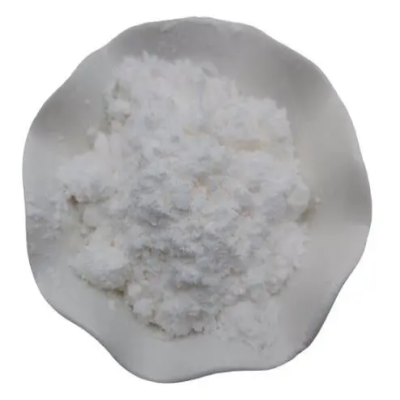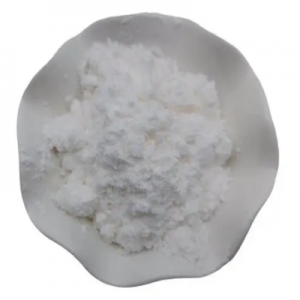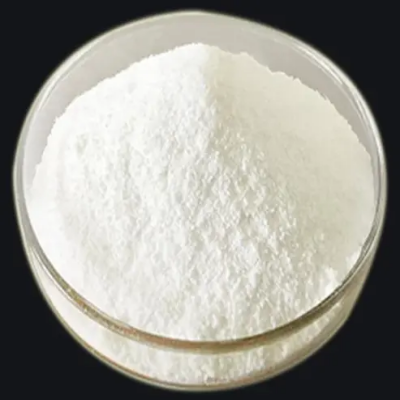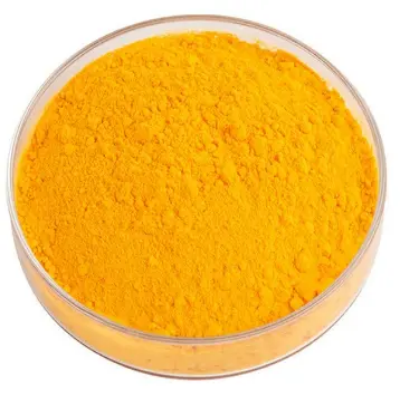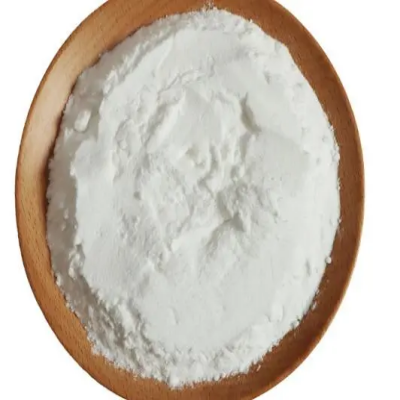Arecoline hydrobromide CAS:300-08-3
Arecoline hydrobromide's pharmacological effects include stimulating the parasympathetic nervous system and enhancing cholinergic neurotransmission. While historically used in traditional medicine for its stimulant effects, it is more commonly researched for its role in neuroscience studies related to acetylcholine receptors and neuronal signaling pathways. In medical research, arecoline hydrobromide is utilized as a research tool to study acetylcholine receptor function, neuronal excitability, and neurotransmitter release mechanisms. Its cholinergic properties make it valuable in elucidating the complex interactions within the nervous system and potential therapeutic targets for neurological conditions. Despite its research utility, the clinical use of arecoline hydrobromide is limited due to its potential side effects, including gastrointestinal disturbances, diaphoresis, and cardiovascular effects. Moreover, its association with betel nut chewing and carcinogenicity raises concerns about long-term safety and health implications. Overall, while arecoline hydrobromide shows promise in research settings for studying neuronal function and cholinergic pathways, its clinical applications are restricted by safety considerations and potential adverse effects. Continued investigation into its pharmacological properties may offer insights into novel therapies targeting cholinergic systems but requires careful evaluation of risks and benefits for potential therapeutic use.



| Composition | C8H14BrNO2 |
| Assay | 99% |
| Appearance | white powder |
| CAS No. | 300-08-3 |
| Packing | Small and bulk |
| Shelf Life | 2 years |
| Storage | Store in cool and dry area |
| Certification | ISO. |


